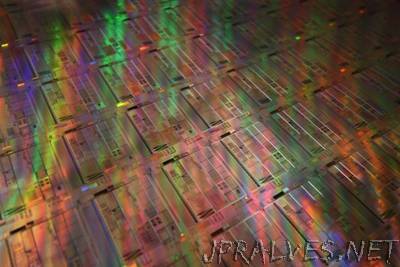
“The Semiconductor Industry Association has estimated that at current rates of increase, computers’ energy requirements will exceed the world’s total power output by 2040. Using light rather than electricity to move data would dramatically reduce computer chips’ energy consumption, and the past 20 years have seen remarkable progress in the development of silicon photonics, or optical devices that are made from silicon so they can easily be integrated with electronics on silicon chips. But existing silicon-photonic devices rely on different physical mechanisms than the high-end optoelectronic components in telecommunications networks do. The telecom devices exploit so-called second-order nonlinearities, which make optical signal processing more efficient and reliable. In the latest issue of Nature Photonics, MIT researchers present a practical way to introduce second-order nonlinearities into silicon photonics. They also report prototypes of two different silicon devices that exploit those nonlinearities: a modulator, which encodes data onto an optical beam, and a frequency doubler, a component vital to the development of lasers that can be precisely tuned to a range of different frequencies.”
